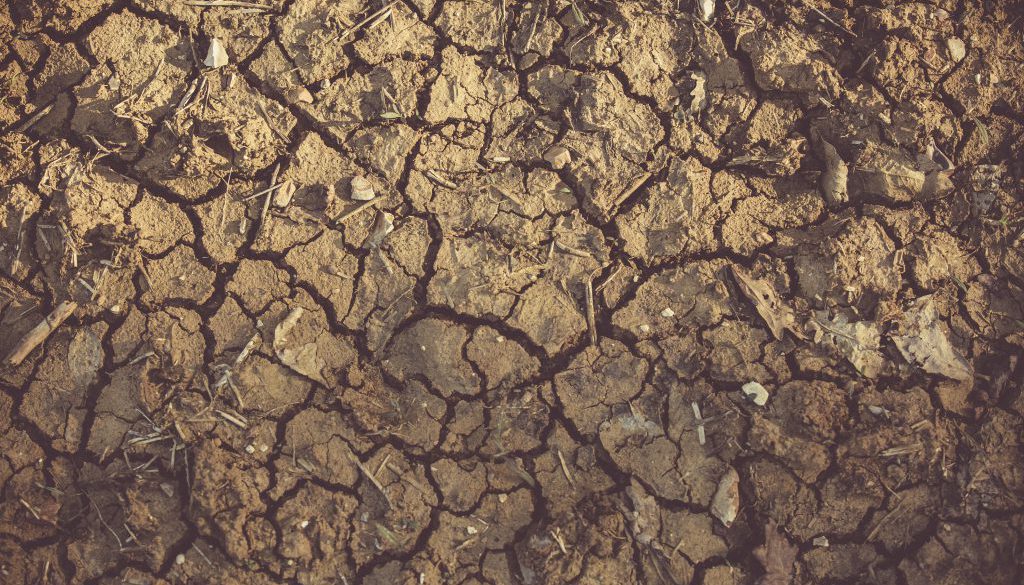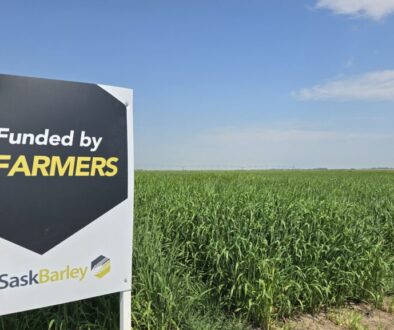Considering Options for Your Barley in a Drought
Crops don’t grow much when it is hot, windy and dry. And neither does hay. Livestock producers are looking for feed options this winter. Considering the low yield potential in some areas and the cost of combining, producers may be wondering about options such as greenfeed.
The Saskatchewan Ministry of Agriculture has a greenfeed calculator available to help compare the value proposition from using a crop that was intended for grain as a greenfeed crop. There are several factors that can be adjusted, including yield, price and input costs. Some of these are easier to obtain than others.
You may know your grain price and input costs well, but what is the value of greenfeed? That can be more challenging to determine, but Sask Forage Council has some references you can access. Other options would be to talk to a neighbour or two that may be looking for feed, or ask on social media.
Sask Crop Insurance should factor into the decision. They have resources available so you know what needs to be done before choosing an alternate use. SCIC has a Low Yield Appraisal threshold that defines when a crop is no longer worth harvesting. They recently doubled that threshold if the crop will be used for livestock feed instead. Be sure to contact SCIC prior to cutting and baling.
The biggest unknown is yield. Grain yield is relatively straight forward to estimate. Essentially, count the number of heads, the number of kernels per head and make an estimate of the seed size. There is an excellent resource available at SaskWheat, based on an Alberta Wheat and Barley document, that can guide the process. There is one key difference for barley – because the test or bushel weight of barley is lower than wheat, the constant will be 0.002, not 0.0016. As a result, the formula will look like this for barley:
Yield (bu/ac) = (# of heads per ft²) x (# of kernels per head) x TKW x 0.002
Also keep in mind that seed size will likely be smaller than usual due to the drought conditions. Average seed size for each current variety is available in the Alberta Seed Guide. Use your best estimate from your farm and the conditions you have to adjust that value.
Estimating greenfeed yield is a bit more challenging. The proper way is to clip a small area (0.25 m2), weigh it (lbs or kg) and multiply by 16,188 to get the weight (lbs or kg) per acre. Any small sample size will work, but the conversion will change depending on the size (m2, use 4,046; square yard, use 4,840; square foot, use 43,560). This will overestimate the yield, because it is still a wet weight. It is ideal to convert it to dry matter, but you would have to determine the moisture content to do so. Ideally clip 8-12 samples in the field to get an average.
Once yield estimates are in place, refer back to the greenfeed calculator to determine a course of action.




